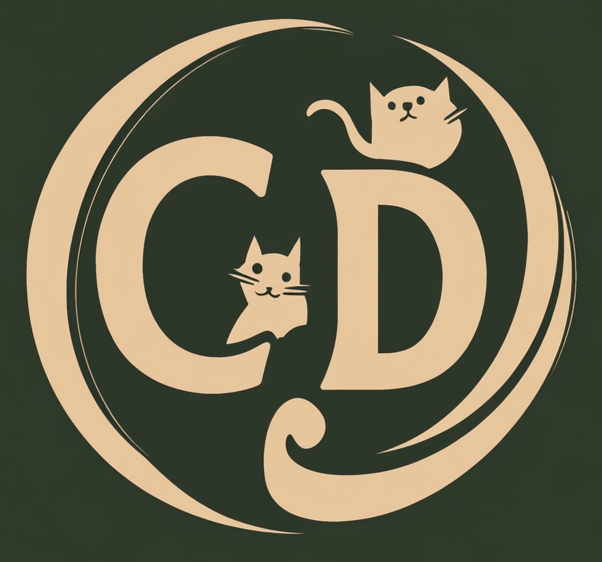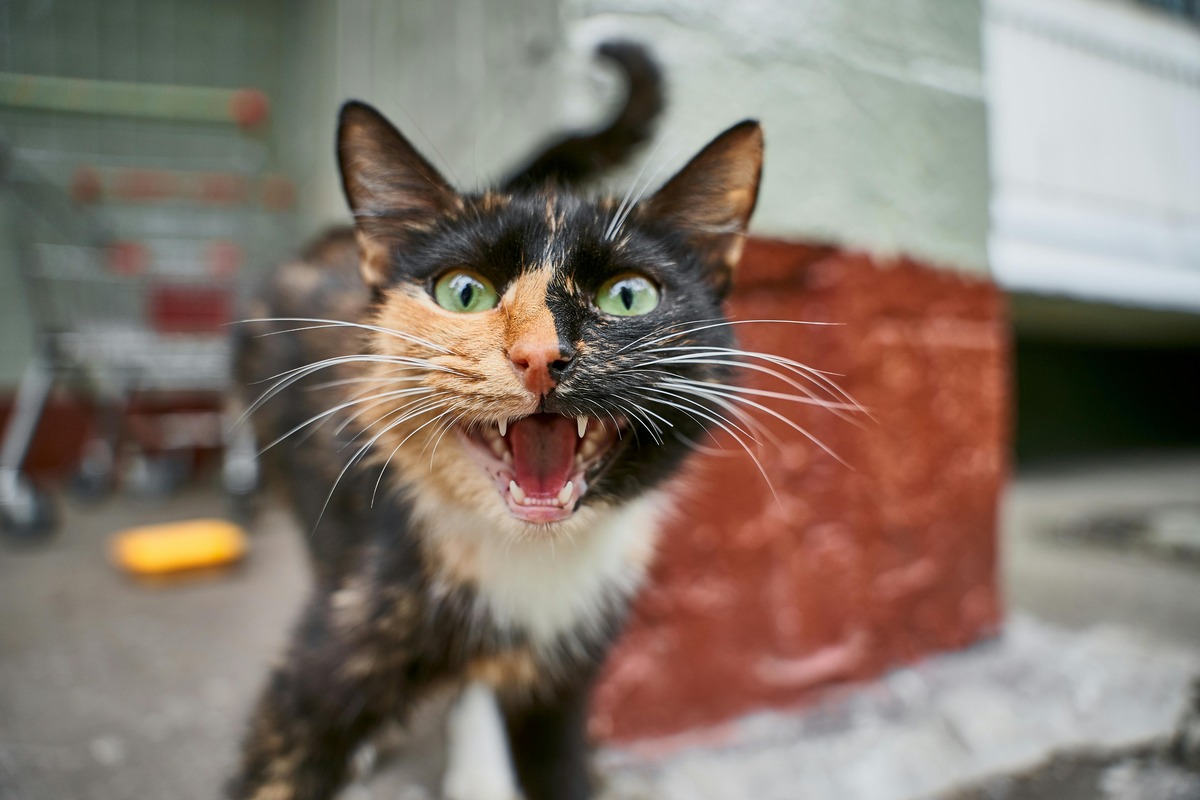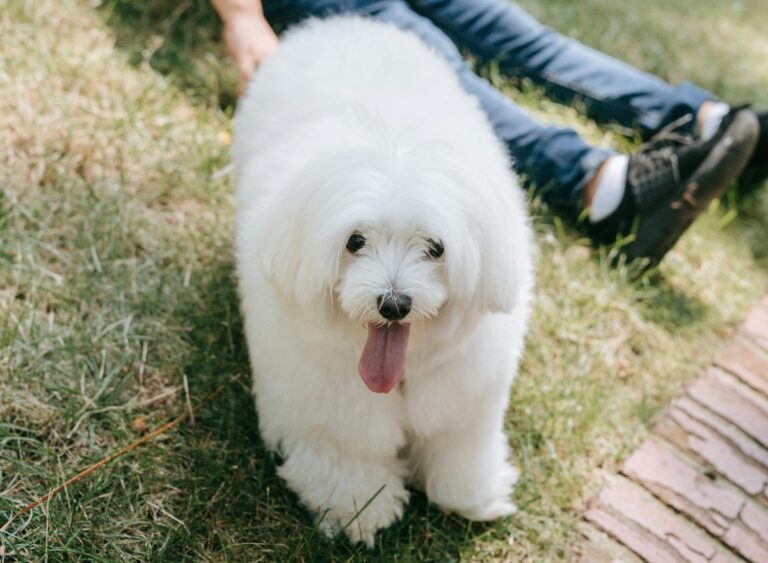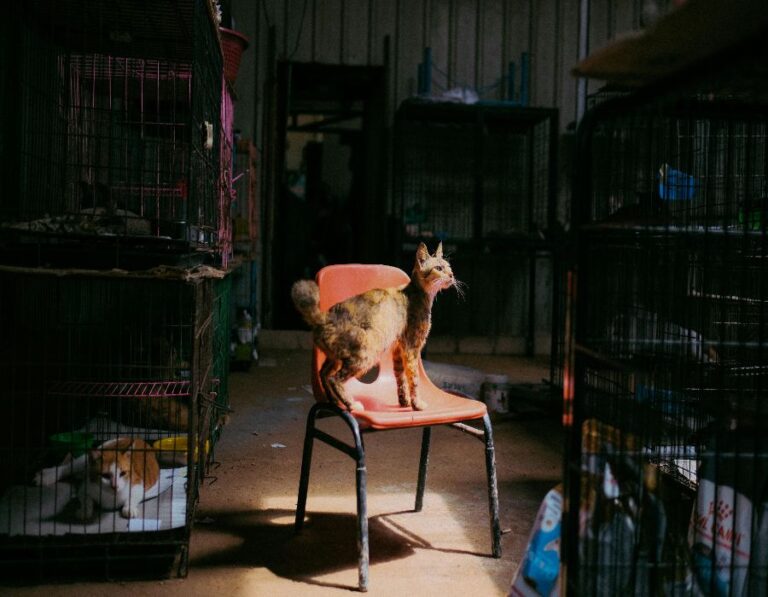Top 10 Worst Cat Breeds, According to Gen Z-ers
Cats are often seen as the more independent choice when it comes to pets, offering companionship without demanding constant attention. However, some cat breeds can be high-maintenance, stubborn, or simply not a good fit for the busy, fast-paced lives of Gen Z-ers. From their attitudes to their grooming needs, some of these breeds just don’t make the cut for a younger generation that values low-effort companionship.
While cats are generally seen as easier to take care of compared to dogs, some breeds require extra time, attention, and a unique approach to care. For Gen Z-ers, who often lead busy lives with unpredictable schedules, these 10 cat breeds just don’t meet the criteria for a hassle-free, relaxing pet.
1. Persian
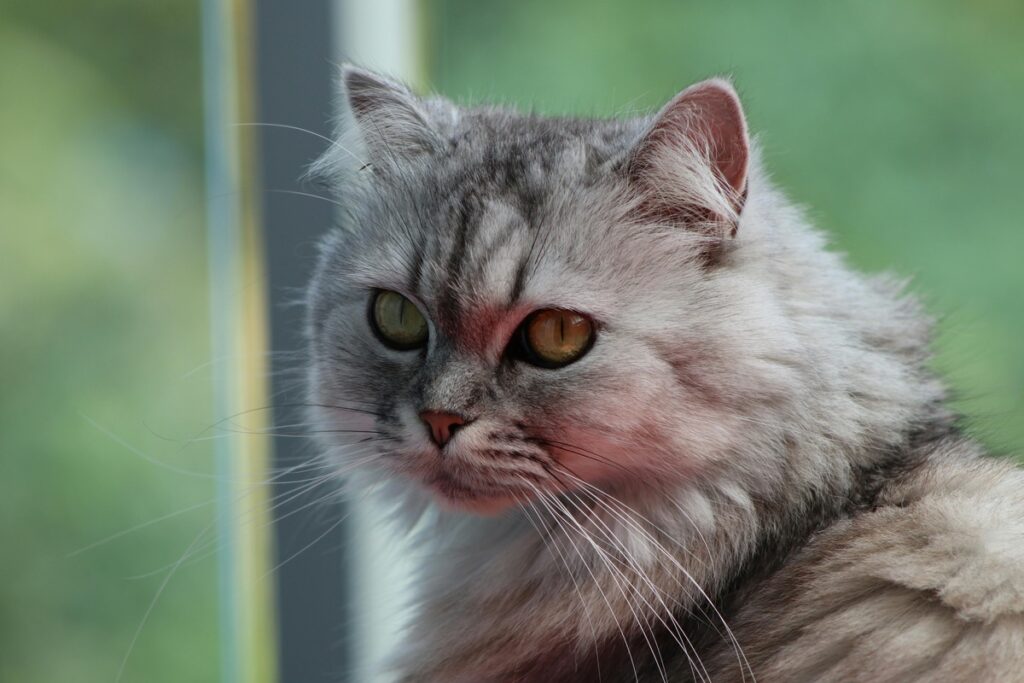
Persians are adored for their beautiful, fluffy coats, but their high-maintenance grooming needs make them a poor choice for Gen Z-ers. Their long fur requires constant brushing to prevent tangles and matting, and their flat faces can lead to respiratory issues, making them more delicate than many other breeds. If you’re looking for a cat that doesn’t need constant attention, the Persian might not be for you.
2. Sphynx
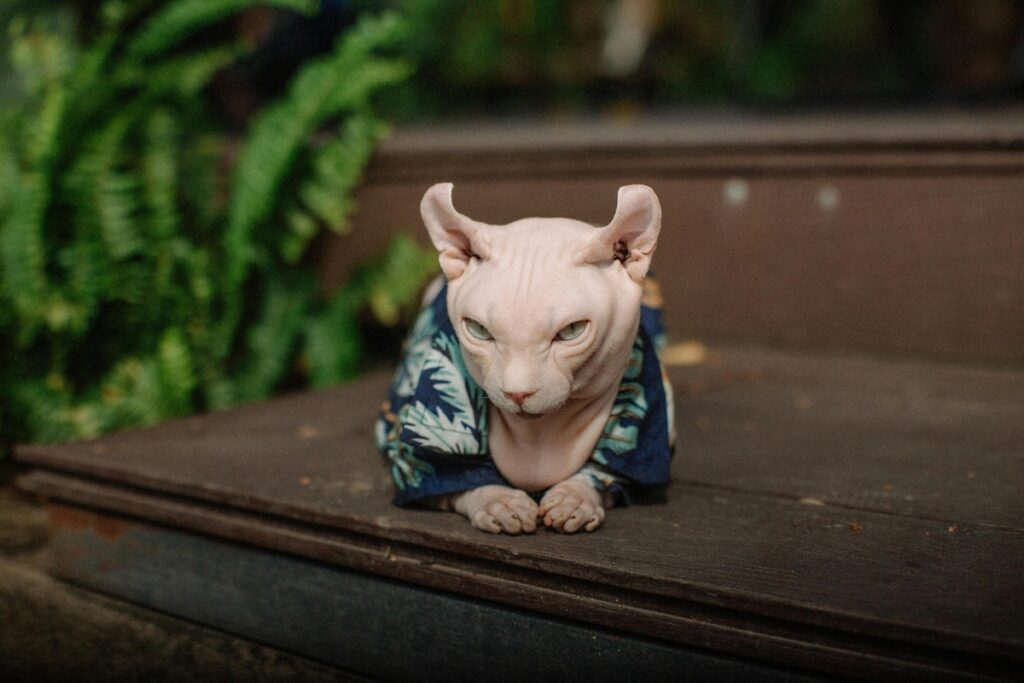
While the Sphynx cat is known for its hairless appearance, its skin care is what makes it high-maintenance. The lack of fur means their skin can get oily and must be wiped down regularly. Gen Z-ers, who may not have the time to commit to such routines, often find the Sphynx’s constant bathing requirements off-putting. Additionally, their demanding nature can sometimes feel too intense.
3. Maine Coon
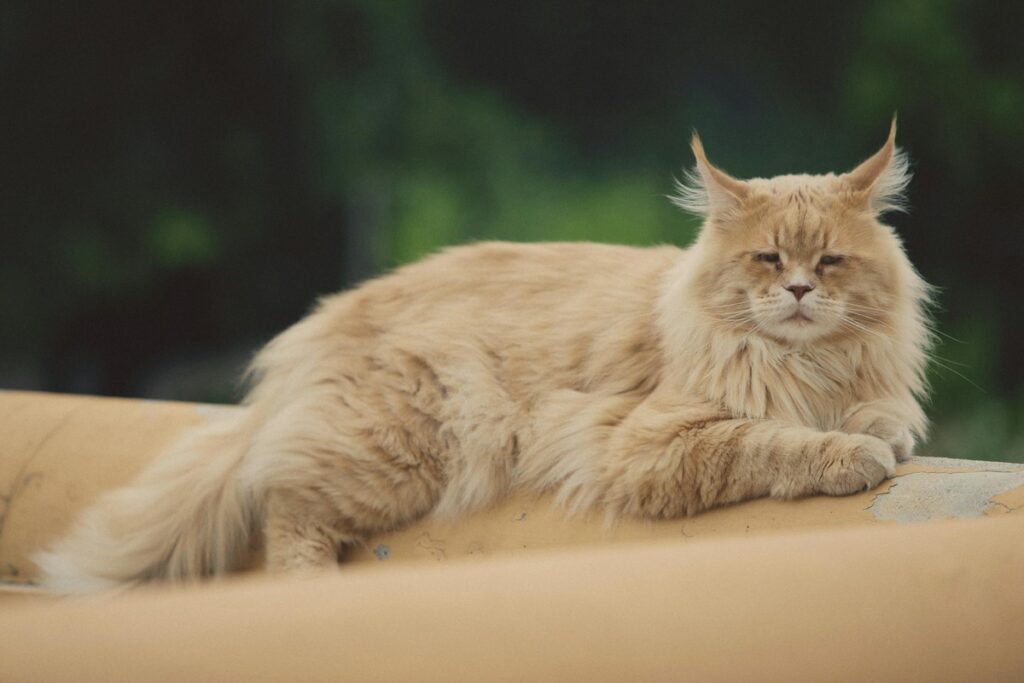
Maine Coons are the gentle giants of the cat world, but their massive size and long fur can be overwhelming for Gen Z-ers. They require lots of space, regular grooming, and are known for their playful, yet demanding nature. While they are friendly, their need for constant attention and large physical presence can be a bit too much for those who want a more laid-back companion.
4. Siamese
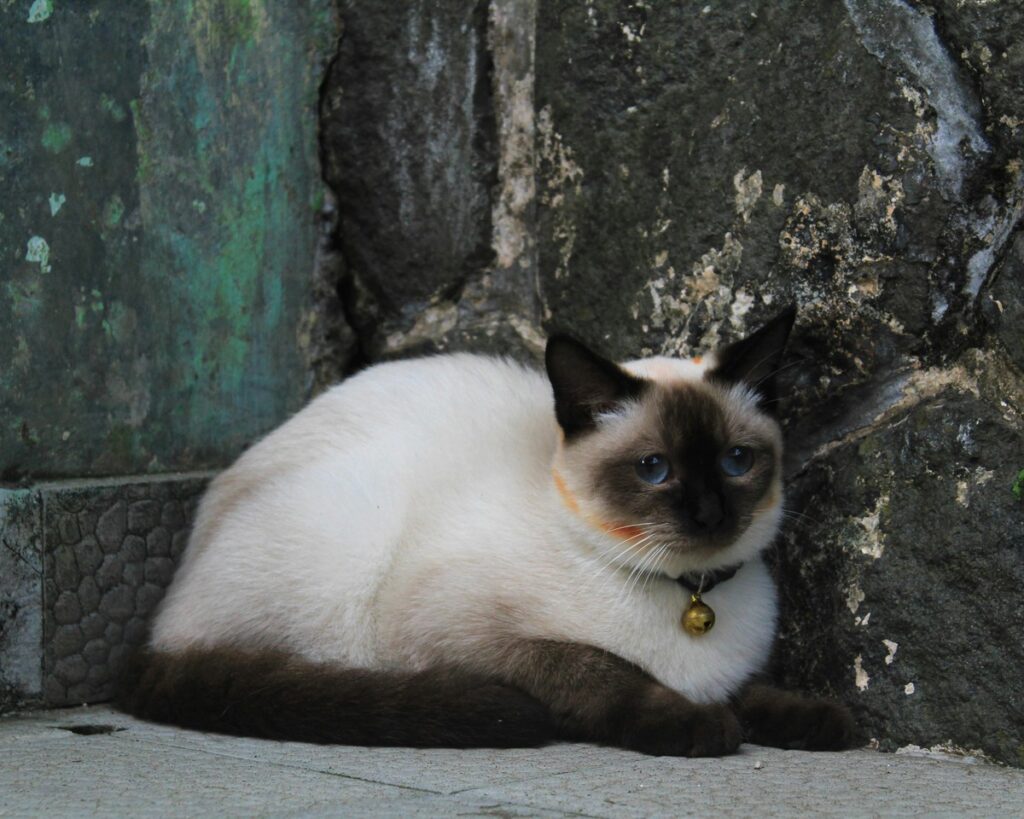
Siamese cats are incredibly vocal and can be very demanding of their owner’s attention. Known for their loud meows and attention-seeking behavior, they may not be the ideal breed for Gen Z-ers looking for a cat that is more independent. If you value peace and quiet in your home, the constant chatty nature of the Siamese might become exhausting.
5. Bengal
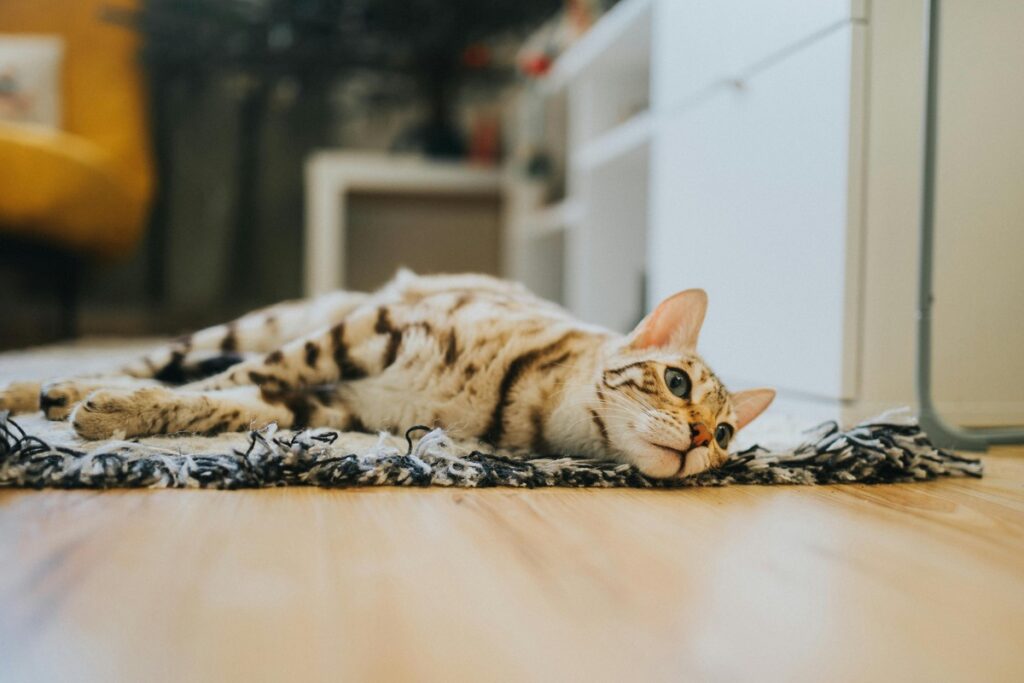
Bengal cats are known for their striking appearance and wild ancestry, but their high energy and need for constant stimulation can be too much for many pet owners, especially those with busy schedules. They are highly intelligent and require a lot of playtime to prevent them from becoming destructive. For Gen Z-ers who are looking for a more relaxed pet, a Bengal’s hyperactive nature might be overwhelming.
6. Scottish Fold
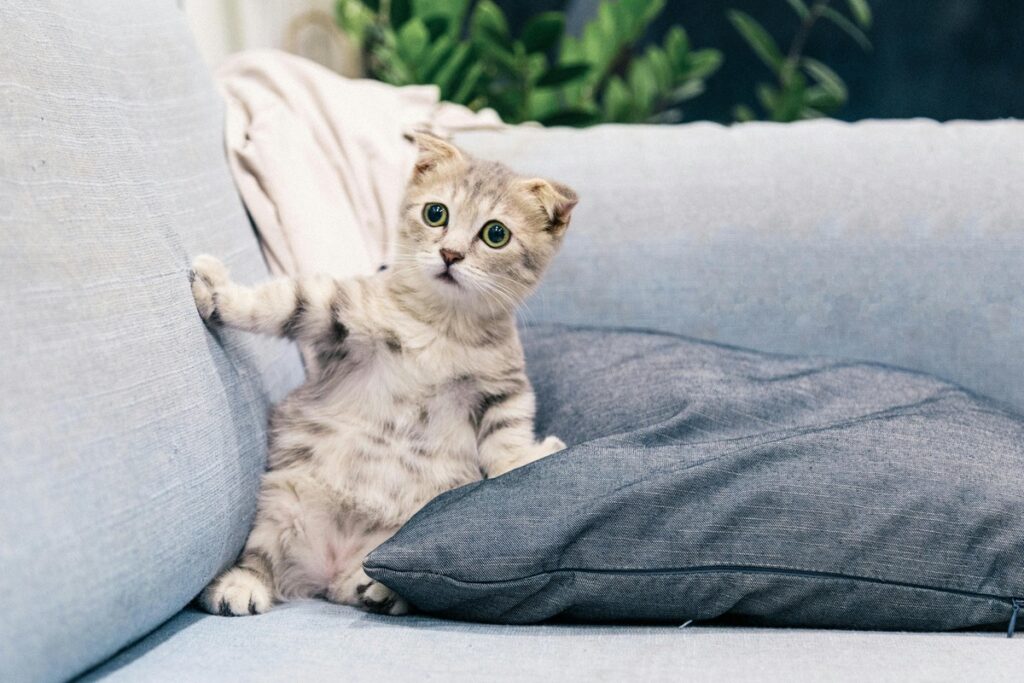
The Scottish Fold is famous for its cute, folded ears, but this breed is known to suffer from genetic issues, including joint problems and cartilage deformities. While they are generally friendly, the health complications that come with the breed can be a turn-off for Gen Z-ers who don’t want to deal with a cat that requires frequent vet visits. Their health needs can often outweigh the charm of their adorable appearance.
7. Abyssinian

Abyssinians are incredibly active, athletic cats that require plenty of mental stimulation and physical exercise. They thrive on attention and can become bored easily, which leads to destructive behavior. For Gen Z-ers who may not have the time to keep up with their high energy levels, the Abyssinian’s need for constant activity may make them less appealing.
8. Ragdoll
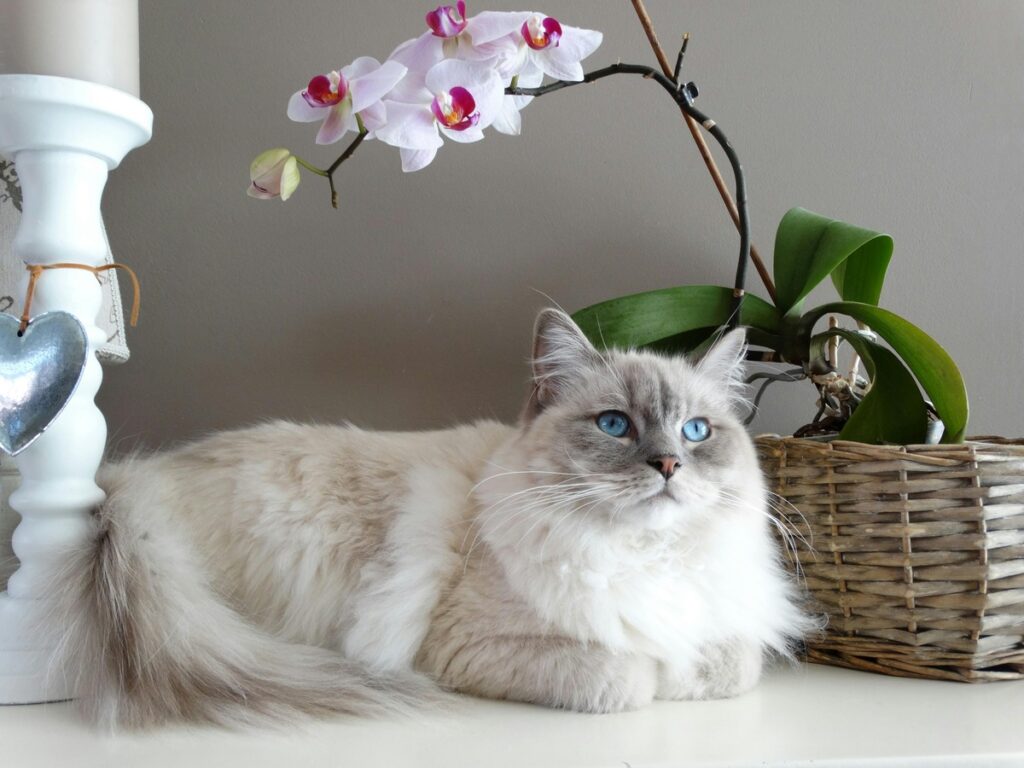
While Ragdolls are known for their gentle and affectionate nature, they also tend to be clingy and need a lot of attention. This breed enjoys being held and cuddled, but they may become overly dependent on their owners, which might not be ideal for Gen Z-ers who are looking for a more independent cat. Their constant need for affection can sometimes be overwhelming.
9. Russian Blue
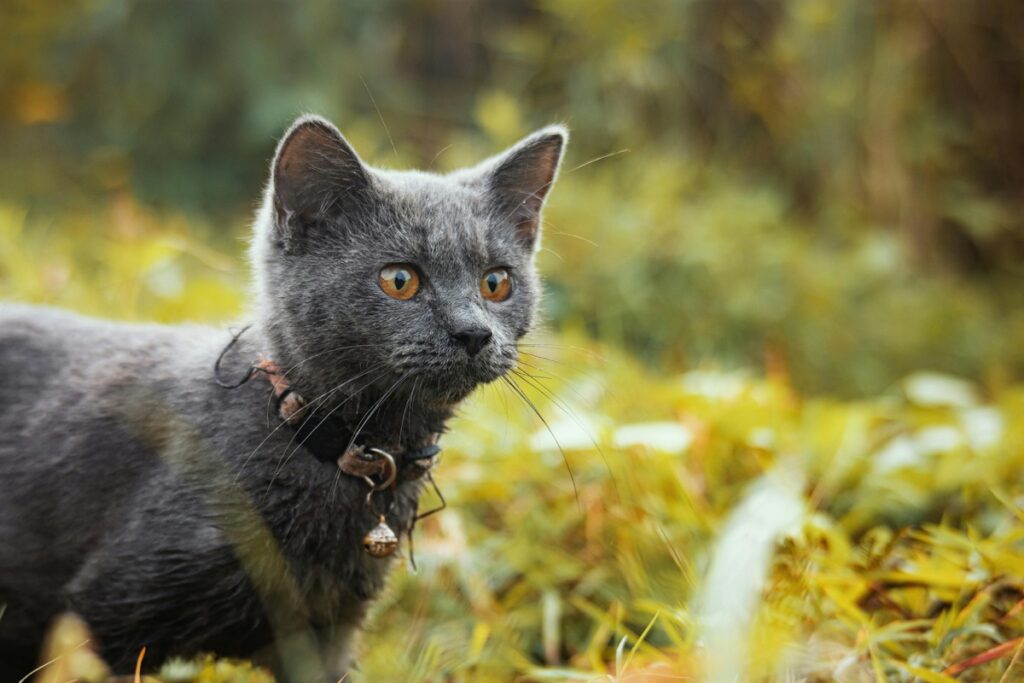
The Russian Blue is a breed that loves to bond with its owner, but it can be quite shy and reserved, especially with strangers. Gen Z-ers who prefer a more social and outgoing pet may find the Russian Blue’s aloof and quiet nature to be a bit too much to handle. This breed also requires gentle handling, which can be challenging for first-time cat owners.
10. Himalayan
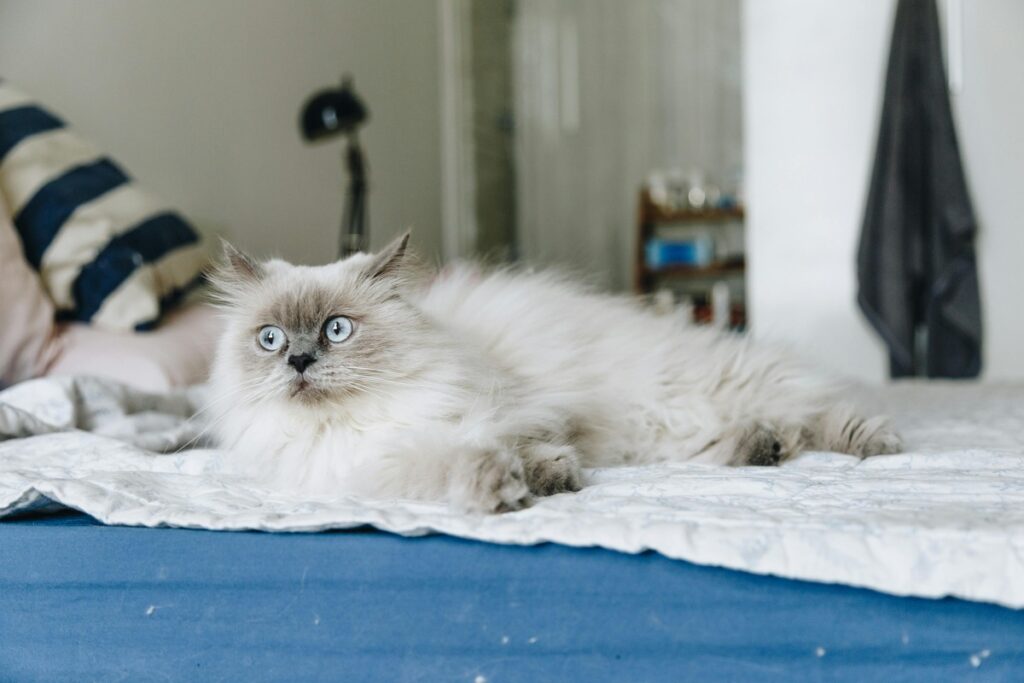
Similar to the Persian, the Himalayan has a stunning long coat that requires regular grooming to keep it in good condition. However, their relatively low energy and laid-back personality can also make them easier to ignore. Gen Z-ers who seek a cat that’s active and engaged with its surroundings may find the Himalayan’s tendency to lounge around all day a bit too boring.
Why These Breeds May Not Be Ideal for Gen Z-ers
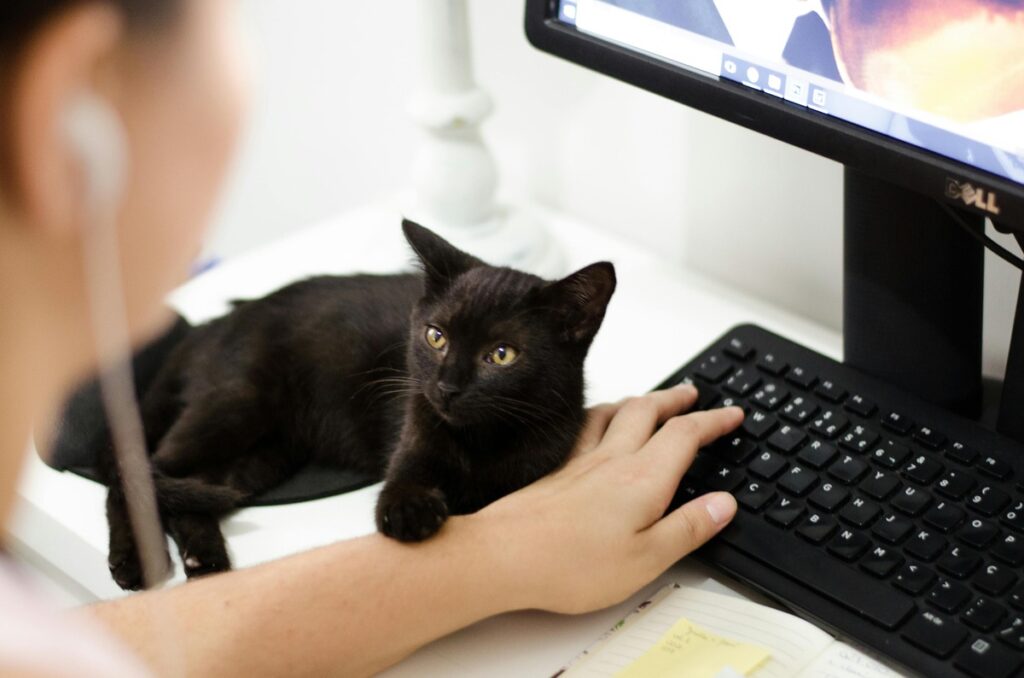
Finding the right cat breed for Gen Z-ers can be tricky, as they tend to value low-maintenance pets that fit into their busy lifestyles. While some of these breeds may have charming personalities or beautiful appearances, their health issues, grooming needs, and demanding behaviors can make them a poor choice for those looking for a more independent companion. However, with the right care and understanding, even these “challenging” breeds can make wonderful pets for the right owners.
